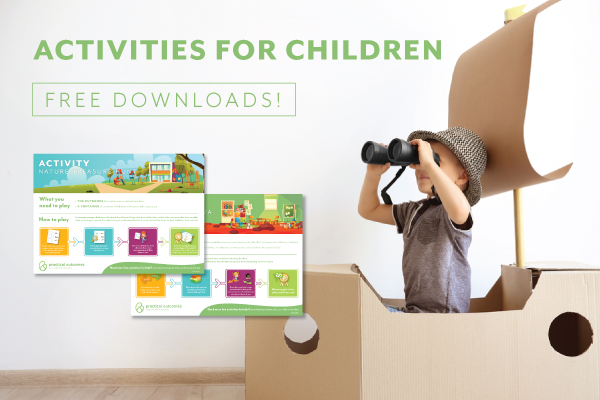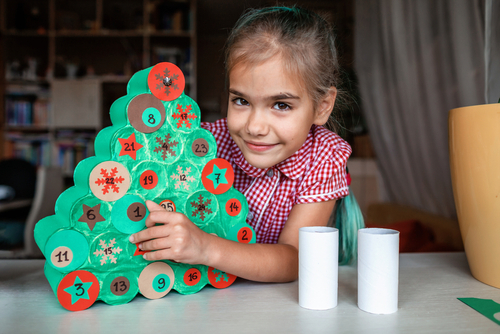Working from home while educating children can be exhausting, so a little quiet time can go a long way. Thankfully quiet time also provides many benefits for children’s growth and development.
While seemingly simple, quiet time for children could be a valuable strategy to incorporate into each day to provide learning opportunities for children and break time for adults.

Quiet time for children
Quiet time is as it sounds – a period of time set aside for quiet. While most children will give up nap time between 2 and 5-years of age, quiet time can be a part of each day at any age.
Creating space in the day for quiet time ensures children have time to rest and recharge, delivering many benefits for wellbeing, behaviour and development. With self-regulation a common challenge for children, many continue to play and be active even when they could benefit from some rest or relaxation.
Quiet time isn’t just for young children – children of all ages can reap the rewards, and parents and carers can also get a break to be productive or maybe just have some quiet time of their own. This is especially useful if you’re currently working from home.
Five major benefits of quiet time
There are a number of benefits to be gained from quiet time. Consider these five rewarding outcomes:
1. Enhanced ability to think creatively
According to research, quiet time – and even boredom – can enhance a child’s ability to think more creatively. After all, there’s nothing like a moment of quiet to daydream up a great new idea.
2. Improved ability to learn
Many childhood development experts agree that a child under five can usually focus for no more than approximately 15 minutes. Rather than pushing through, taking regular short breaks can restore calm and clarity and help ensure that children are better equipped to get the most from their learning experiences.
3. Better emotional processing
Creating space around events and feelings can enable children to have the time to process what is happening in their lives. This can result in more appropriate responses and improved behaviour overall.
4. Time to slow down and reflect
A quiet moment is perfect for unpacking thoughts, setting aside any stresses and reflecting on the day so far. In a fast-paced world, slowing down and reflecting is a must.
5. Regular time for practicing mindfulness
Mindfulness is a valuable tool that has lifelong benefits for children, encouraging them to be present in the moment and feel better equipped to handle anything life throws their way. We’ve created a free guide on teaching mindfulness to children to help you introduce mindfulness at home or within an early childhood centre.
Incorporating quiet time every day
Quiet time doesn’t have to look one certain way. The age of the children, time of day, weather and other factors can affect how it is approached and ultimately it is up to you to guide this. Some suggestions could be:
- Getting comfortable in a reading area
- Doing some meditation or yoga
- Playing with quiet toys (place a selection in a basket)
- Listening to music in a cosy space
- Spending time outdoors
Try starting with 15 to 20 minutes and build from there. A clock or timer is a useful tool to help guide children. Don’t forget to praise children for their great work during quiet time – this will contribute to making quiet time a positive time of the day for everyone.
For more ways to keep children busy and engaged, take a look at our free activity flyers for plenty of fun!
Practical Outcomes is dedicated to supporting our learners and early childhood education clients. For more information, contact us today or check out our courses here.




